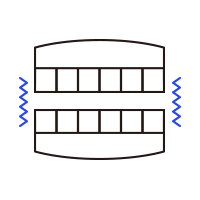Jaw Joint treatments
「We start with the "bite"」
The jaw joint, which is directly under the ear, is sometimes called "the 4th molar". (Wisdom teeth are called "the 3rd molar".)
Disorders of the jaw joint are multi-factor ailments that are said to be caused not only by problems in teeth alignment and occlusion (the "bite"), but also from causes like lifestyle and stress, leading to discomfort in the jaw joint and the muscles round it.
Occlusion problems are not the only reasons for jaw disorders. But if the lower jaw is displaced by 2mm or more the likelihood of jaw disorders increases, and if the direction of displacement is backwards or to the left or right, disorders may occur even at less than 2mm. Until symptoms of jaw disorder emerge, even if there are problems with the position of the lower jaw the body can presumably deal with it through its natural adaptability and resilience. But if additional factors are also added, jaw disorders can then emerge.
At our clinic we consider that correcting bite balance is one important factor to alleviate symptoms.
Even if you regard a displacement of 2mm or less as within the safe range, we think you will appreciate the precision of our occlusion treatments.
At our clinic, in order to achieve an approach based on a precise bite balance, as well as using palpation and a stethoscope to assess the jaw, palpating the muscles connected to the jaw joint, CT or MRI scans, and detailed examination of the bite, we examine the jaw function both before and after treatment.
-
ARCUS Digma II
To examine the jaw function we use a machine that measures and records jaw movement in three dimensions at the micron level. It is a digital jaw movement measurement device using ultrasound, and enables us accurately and speedily to capture movements of the lower jaw invisible to the naked eye. We make these measurements both before and after treatment, and record the changes. Our aim is to depend not only on our senses, but to provide accurate treatments by carrying out examination and diagnosis based on solid evidence.
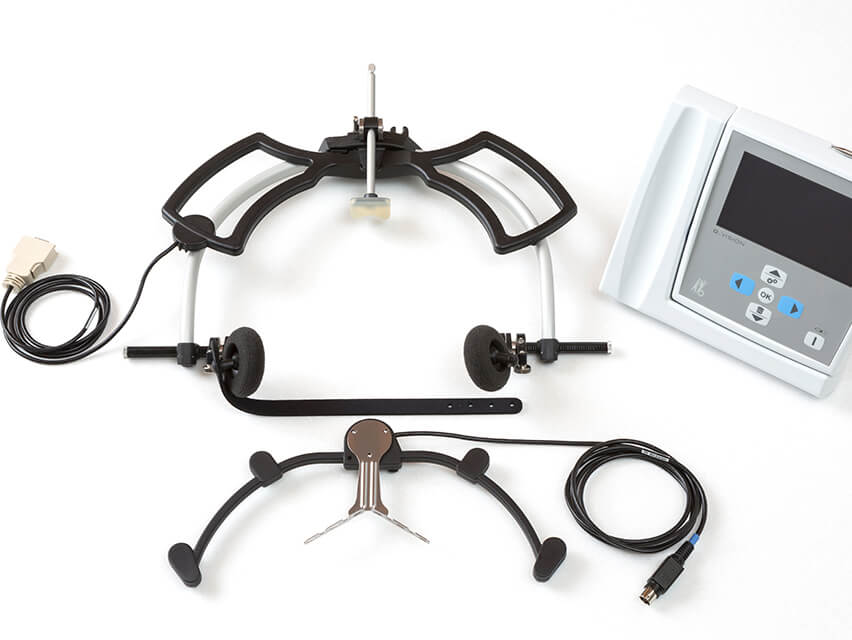
Examples of jaw disorders
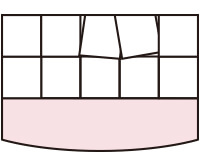
Teeth do not meet properly when biting
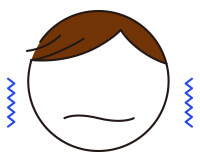
It is painful or difficult to open your mouth
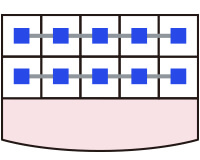
You have had orthodontic treatment to correct teeth alignment
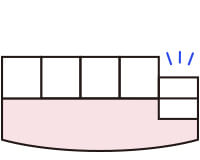
A wisdom tooth has come through and is disturbing teeth alignment
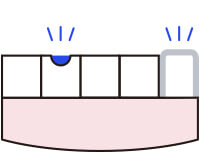
You have recently had dental treatment and inserted a filling or a crown
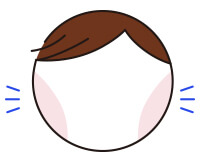
Your cheek muscles or those around the jaw constantly feel tight
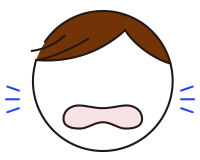
It is difficult to put food in your mouth, particularly in the evenings
Treatment flow for jaw disorders
- 01
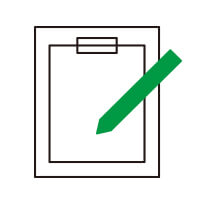
Counselling
- 02
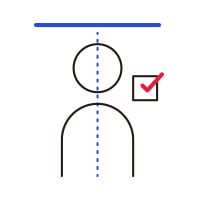
Check of whole body (posture) and facial features
- 03
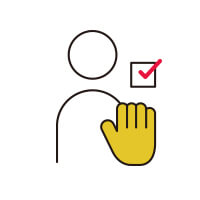
Palpation of muscles
- 04
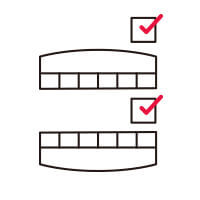
Internal and external check of oral cavity
- 05
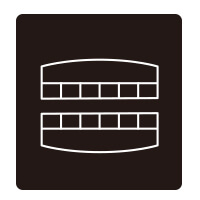
X-ray or CT Scan
- 06
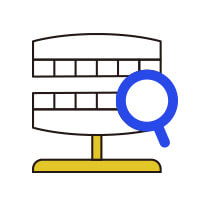
Examination of teeth model
- 07
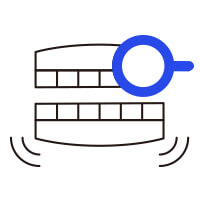
Examination of bite balance
- 08
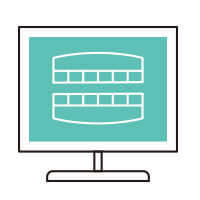
Test of jaw function
- 09
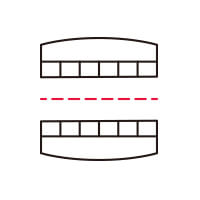
Occlusion adjustment
- 10
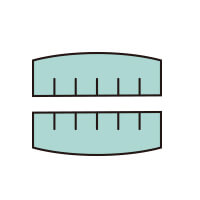
Splint
- 11
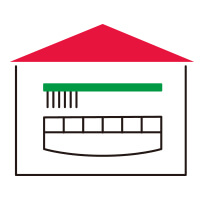
Home treatment / physiotherapy
Fees
|
Examination of bite and jaw joint Detailed examination (including CT scan and examination of jaw function) + explanation of examination results, bite adjustment, provision of splint, presentation as to whether treatment is necessary or not, and treatment methods |
For two session ¥139,000(+ consumption tax) |
|---|
Other Treatments
-
- Bite balance treatment
- Jaw Joint treatments
- Preventative Dental Treatments
- Gum disease and tooth ridge treatments
- Endodontic treatment and removal of silver caps
- Dental attrition and acid erosion treatment
- Dental Aesthetic Treatments
- Dental Implants
- Orthodontic treatments
- Cleaning & Whitening
- Second opinions
- Intravenous sedation
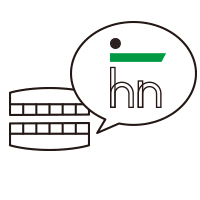

 Open from 8.30am, including Saturdays
Open from 8.30am, including Saturdays 03-6453-0500
03-6453-0500 booking
booking access
access